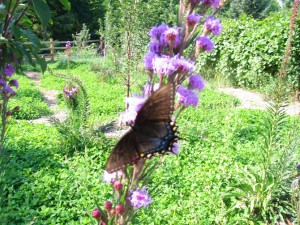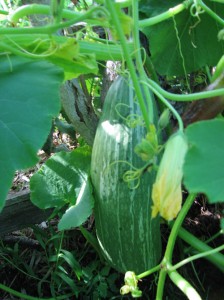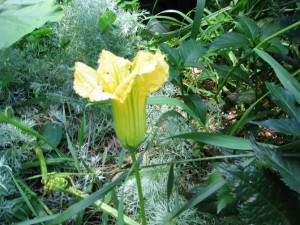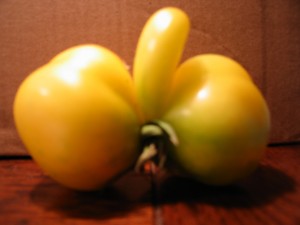Lughnasa Waning Honey Extraction Moon
Checked the honey supers this morning. On the two package colonies that I do not intend to overwinter, we have approximately four full honey supers. That is, we have for harvest the 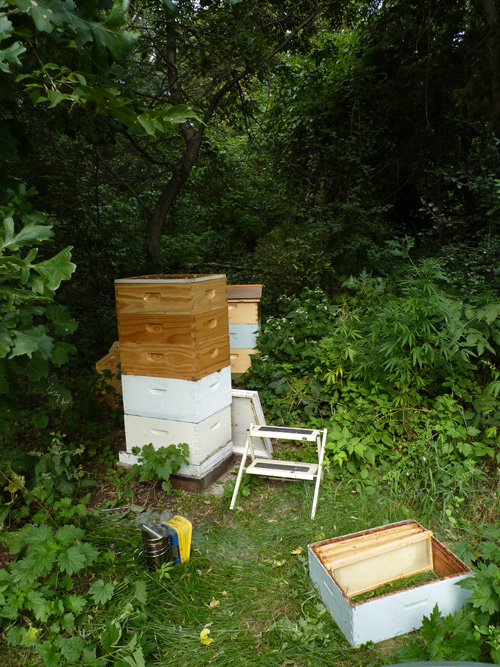 amount of honey they would have needed for the winter, close to 200 pounds. Figure that 40 pounds is not recoverable due to drips, stuck on honey comb even after extraction then that should leave around 16o pounds to harvest.
amount of honey they would have needed for the winter, close to 200 pounds. Figure that 40 pounds is not recoverable due to drips, stuck on honey comb even after extraction then that should leave around 16o pounds to harvest.
If we chose to sell it at, say $7 a pound, that would create around a $1,ooo in sales after keeping some back for own use and gifts. After the bee packages at $60 each and amortizing the honey extractor, supers and hive boxes, syrup, hive tools, smoker, pollen, queen excluders, honey jars, top and bottom boards and telescoping covers, we’d still be in the red for the first three years. Don’t know what we’ll do with it this year, probably give away a lot again. It’s good for barter and gifts for sure.
Artemis Hives has produced honey two years in a row now, an artisanal honey created by bees aided by the beekeeper, me, and the bee equipment and harvest partner, Kate.
Looking at the gardening year in total we will have a good, not great honey harvest, a good potato harvest, leeks, beets, chard, beans and possibly a decent tomato crop. Kate has good success with her zucchinis and the decorative gourds have bloomed but produced no fruit yet. The gardening and beekeeping year will wind down in September, just in time for us to finish our cruise preparations. Caring for gardens and bees requires a lot of face time with the plants and hives, visits to nurseries, attendance at Hobby Bee Keeper meetings, not to mention all the work of harvesting and putting food by.
I’m at the point in the year when my enthusiasm has run out a while ago and the only thing that keeps me active now is the need to finish, to harvest. When it’s done, it’s over for the year.

